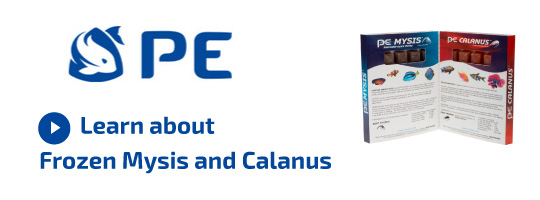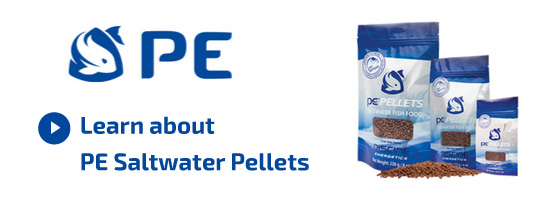Dottybacks Species
Dottybacks are members of the Pseudochromidae family, encompassing approximately 32 genera and 150 species. Dottybacks are a commonly kept aquarium species due to their outgoing personalities, relatively small size and vast array of colors and patterns.
The Orchid Dottyback (Pseudochromis fridmani) is one of the most commonly sold dottyback species. Other commonly sold species include the Neon Dottyback (Pseudochromis aldabraensis), Yellow Dottyback (Psuedochromis fuscus) and Springers Dottyback (Pseudochromis springeri).
Biology
Dottybacks are found in the tropical and subtropical reefs of the Indo Pacific. They can range in size from approximately 1” (2cm) to 18” (45cm), however most species average 4” (10cm) in length.
Dottybacks are small, colorful, cave dwelling species that can be found from relatively shallow to moderate depths. They are omnivorous and are known to consume bristleworms.
Captive Care
Dottybacks can make great aquarium inhabitant due to their small size, color and ease of care. Moreover, many species of dottybacks are now available as captive bred specimens. Dottybacks can exhibit aggression towards members of their own species, as well as any fish that look similar to them. Exercise caution when choosing tankmates for your dottyback.
Dottybacks prefer a temperature range of 72F (22C) to 80F (26C). Dottybacks are generally considered reef safe, however they may pose a threat to very small, ornamental crustaceans.
It is important to consider carefully what species of Dottyback may be best for your aquarium. While smaller species such as the Bicolor Dottyback (Pictichromis paccagnellae) are suited to tanks as small as 20 gallons. Larger species such as the Green Wolf Dottyback (Congrogadus subducens) may be better suited to a larger tank.
Suggested Piscine Energetics Products
We suggest a diet based on Piscine Energetics Mysis, Piscine Energetics Calanus, Piscine Energetics Pellets (1mm and 2mm) and Piscine Energetics Saltwater Flakes.
What People Say
After feeding my seahorses your mysis for about 3 months; they are fat and happy!!! they give me baby seahorses (at least 300 ) each 14 days... So I'm very satisfied of your mysis.The frozen mysis is about 70 per cent of their diet.
Yvan Charbonneau Quebec
I am keeping these Indian mudskippers -- very cute -- about 3-4 inches long. I've been feeding them frozen bloodworm, and decided to try them on mysis. I feed them in a "shallows" in the 150 I have set up for them. The minute the mysis hit the water they were on it, frozen and all. They gorged until their little bellies were almost bursting. I have yet to see an aquatic creature that does not go absolutely nuts over PE Mysis.






